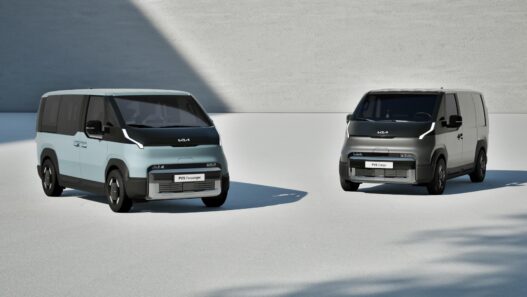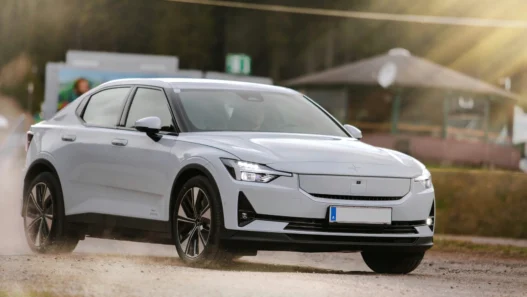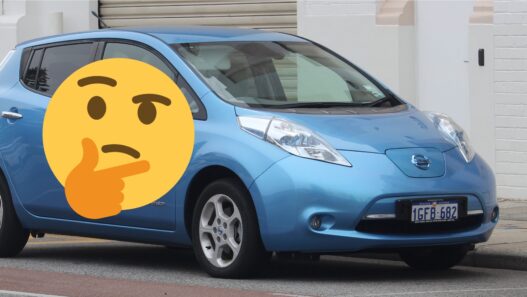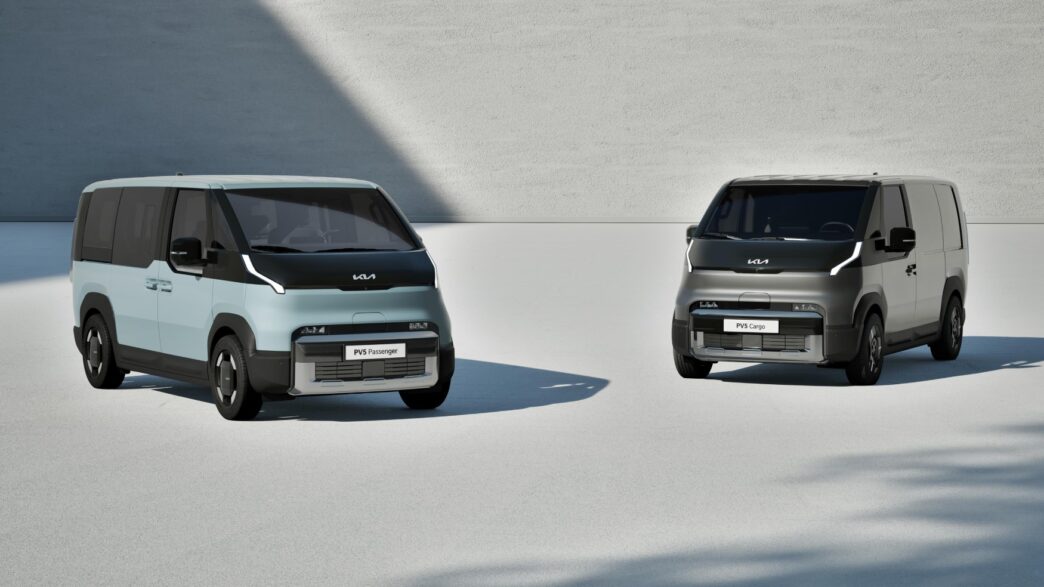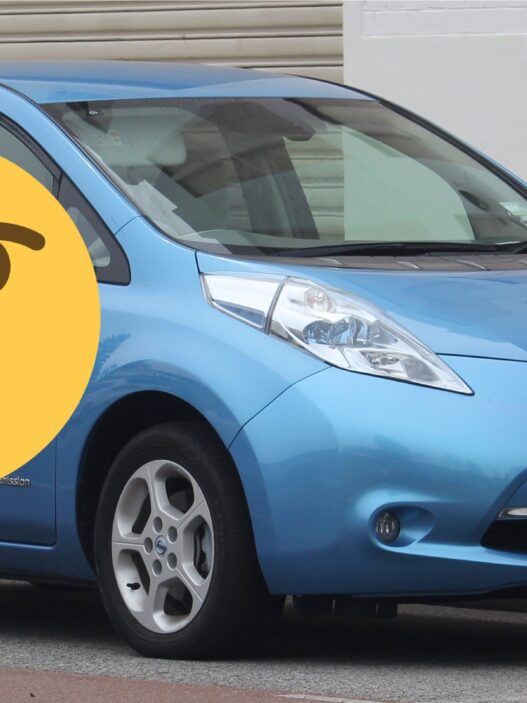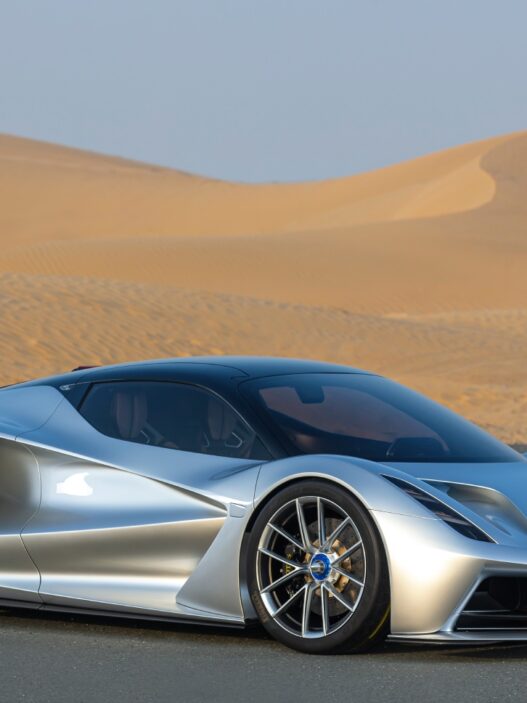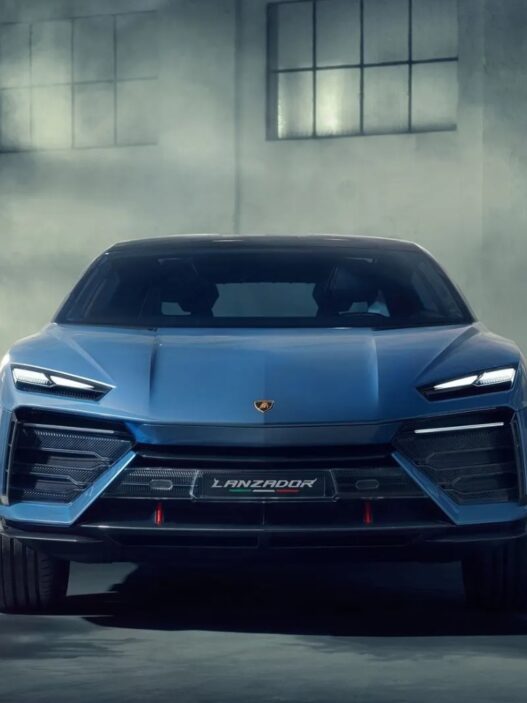Looking at Australian sales numbers, one might ask themselves why exactly Kia is trying to compete with the likes of Tesla and BYD? Clearly, the troubled South African’s baby is still the brand to beat when it comes to overall performance, and Kia’s pricing strategy cannot compete with the entry-level, marine animal-inspired BYDs. And yet, the Korean automaker sports one of the widest ranges on the market today, and at Kia’s 2025 EV Day, it’s only looking to get bigger. Kia launched two models – the small EV4 hatchback and sedan, as well as the topic of today’s article, the PV5 EV van.

Looking through Kia’s announcement, there’s a lot of buzzwords, and I’ll relay to you just some of them. The PV5 is “a mid-sized Car Derived Van (CVD), (…) the first production model to debut under Kia’s dedicated Platform Beyond Vehicle (PBV) global business strategy. It redefines space and mobility with innovative modularisation, offering unmatched flexibility.”
Breaking that down, the PV5’s spacious interior is looking to maximise all those things that EVs do oh-so-well (like accessibility, for example), by allowing various body styles and interior configurations to be chosen, depending on the customers’ needs. This means that you’ll be able to use as much of its 4.7-metre length and 1.9-metre width as possible thanks to the skateboard platform, with a generous 2,995mm wheelbase that of the smaller ID.Buzz, which actually happens to be longer overall than the PV5.

The idea here is that Kia has basically built an open-concept living room in a car – Kia themselves call it an open-box concept, and I’m happy to run with that. It’s modular interior will allow customers to build their PV5s to suit their needs, and allow for easy modification after purchasing. What will be consistent throughout all the interiors is the two screens for the instrument cluster and centre screen, measuring 7in and 12.9in, respectively – and it looks like we’ll be getting some physical buttons too.
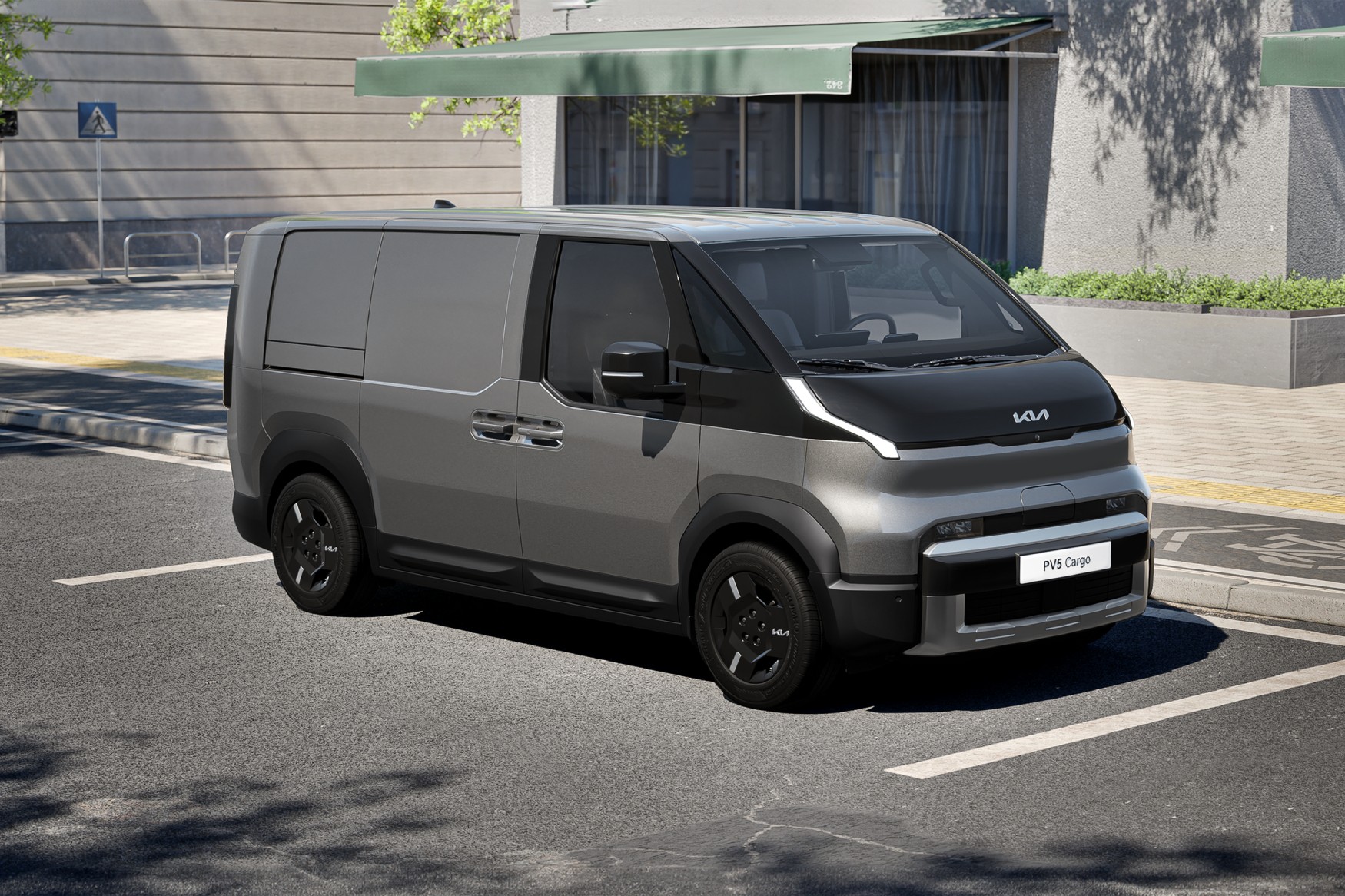
Kia is showing off this versatility by offering three different configurations of the PV5. The one that we’re most curious about is the PV5 Passenger, with three rows of seating that can be easily changed around to facilitate storage in different areas of the vehicle. Interestingly, Kia points out that the PV5 has had design input from Uber, though the details on Uber’s involvement are quite sparse, with the press release only stating: “As a result, the PV5 will be able to serve multiple use cases for riders and should be eligible for multiple Uber product categories. Additionally, Kia plans to engage in collaborative discussions to help drivers and fleet partners to learn more about the vehicles.”
The PV5 Cargo will be best-suited to those looking for a ready-to-drive van with plenty of storage capacity. It will be offered with several roof options, the largest of which boasts 5.1 cubic metres of cargo capacity, with V2L coming in handy for powering tools in the back.
Finally, the PV5 will also come in a Chassis Cab format, which is essentially an unfinished PV5 with a Cargo front, allowing for plentiful configuration options for specialist transport needs. Think freezer vans, wheelchair-accessible vehicles, or perhaps barebones, off-grid living set-ups for those hemp-wearing folk.
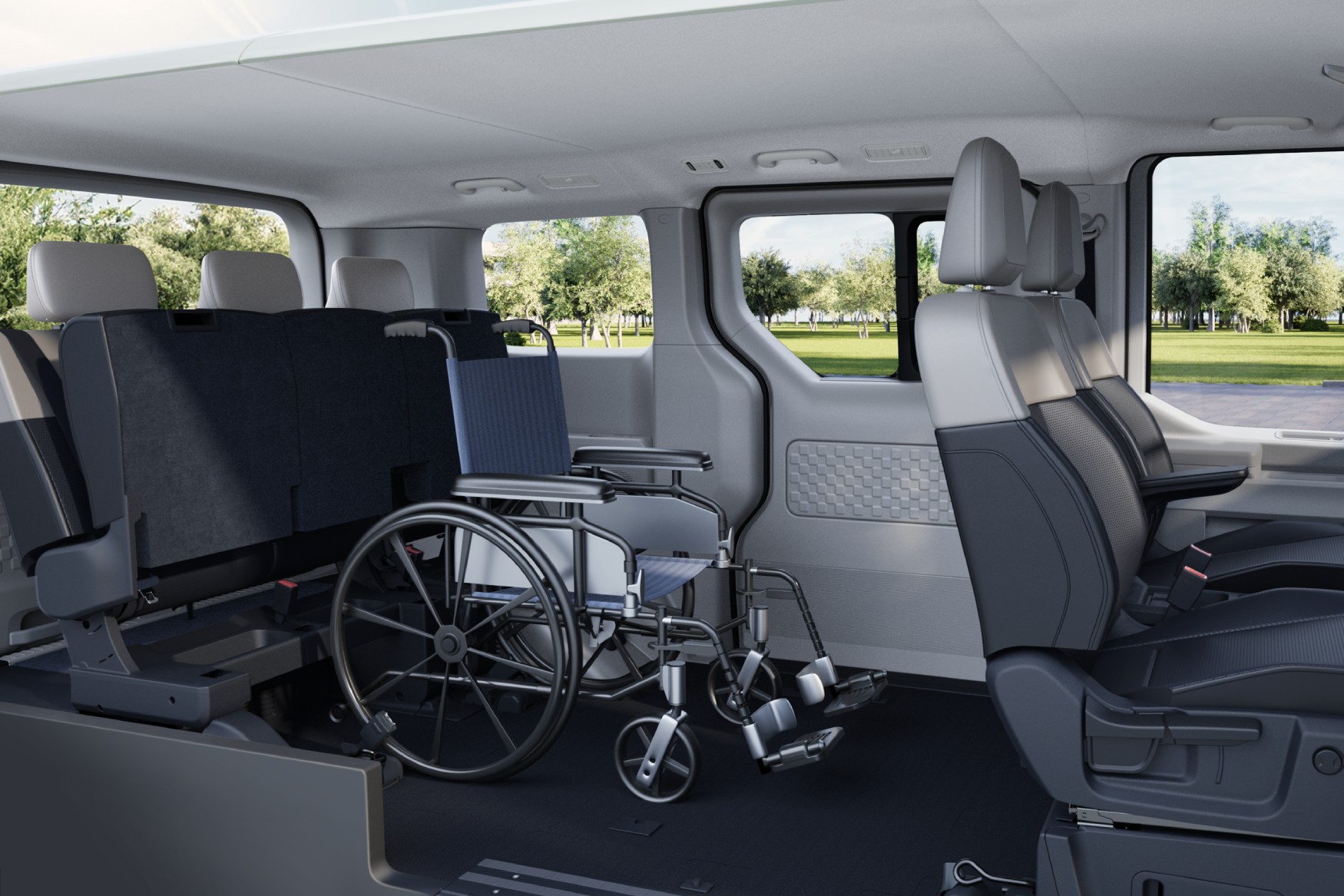
As for the tech, the Kia PV5 will run an Android-based infotainment system, notably continuing the brand’s relationship with Samsung. Range is up to 400 kilometres, depending on your configuration, which can be either a 51.5 kWh or 71.2 kWh nickel manganese cobalt battery, while the PV5 Cargo gets one extra choice of in a 43.3 kWh lithium iron phosphate battery, all of which Kia is proud to underscore with their warranty.
But what you’re really interested in is how fast this buzzing box goes to 100, right? Well, it’s not like I could actually tell you, as Kia doesn’t list any of this information online. All variants have a single, front-mounted motor with 120 kW/161 bhp and 250 Nm of torque. So, if it’s a fast EV van you’re after, you might have to opt for that Transit Supervan.
The big news, however, is that you’ll have to wait until at least 2026 if you want to pick up a PV5 in Australia (though it’s not even confirmed to be coming), as the Korean and European markets will be prioritised for deliveries before the end of 2025, with pricing starting at €30,000. Not to be outdone nor outdated, Kia has already suggested that the PV5 will get a larger sibling – the PV7 – in a couple of years time. Kia’s EVs are not the cheapest, but by the sheer number that’s slated to come out, they’re going to be really difficult to avoid for anyone in the market for, well, anything.


